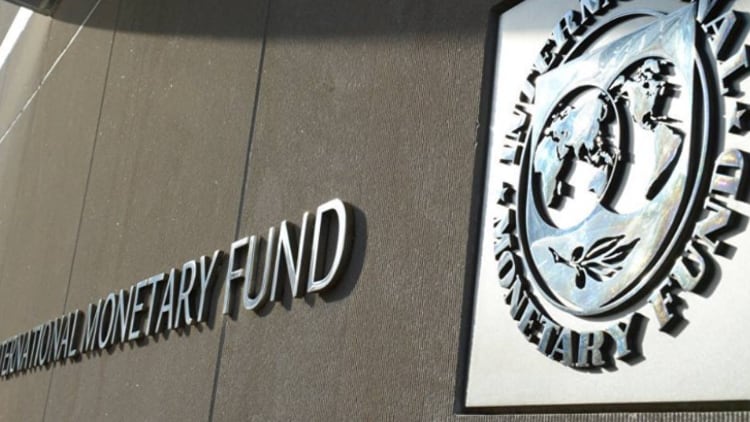The Diplomat
The International Monetary Fund (IMF) has lowered its forecast for Spain’s Gross Domestic Product (GDP) growth by one percentage point to 4.8% in 2022.
This is reflected in the April edition of the IMF’s ‘World Economic Outlook’ report, which points out that the war in Ukraine has led to a new generalised downgrade in its macro forecasts.
Although Spain’s GDP grew by 5.1% in 2021, growth in 2022 was set to be even higher, but the conflict between Russia and Ukraine has cut those forecasts. The IMF has also cut Spain’s economic growth in 2023 by half a percentage point to 3.3%, reports Europa Press.
The adjustments for Spain are below those recorded by the rest of the large euro economies. In the case of Germany, the IMF has placed the rise in GDP at 2.1% (1.7 points less), while Italy will grow by 2.3% (1.5 points less) and France by 2.9% (six tenths of a percentage point less).
For 2023, the multilateral organisation has raised Germany’s growth by two tenths of a point to 2.7%, while cutting Italy’s by half a point to 1.7% and France’s by four tenths of a point to 1.4%.
The new downgrade of the IMF’s macroeconomic forecasts moves the GDP figures even further away from the estimate of the Spanish government’s last macroeconomic framework, published in September, which envisaged a 7% rise in GDP in 2022.
Yesterday, the Prime Minister, Pedro Sánchez, confirmed that there will be a downward revision of the GDP growth forecast for this year due to the impact of the war in Ukraine on the Spanish economy, although he insisted that growth will continue to be “robust”.
With regard to the rest of the macro data published by the IMF, the organisation estimates that inflation in Spain will stand at 5.3% this year, although it will slow down to 1.3% in 2023.
Unemployment will fall by 1.4 percentage points this year, to 13.4%, which is an improvement on the previous forecast, when the IMF estimated that this figure would not be reached until after 2026. In 2023, the agency estimates that unemployment will be 13.1%. In both cases these are the best annual figures since before the 2008 crisis.





